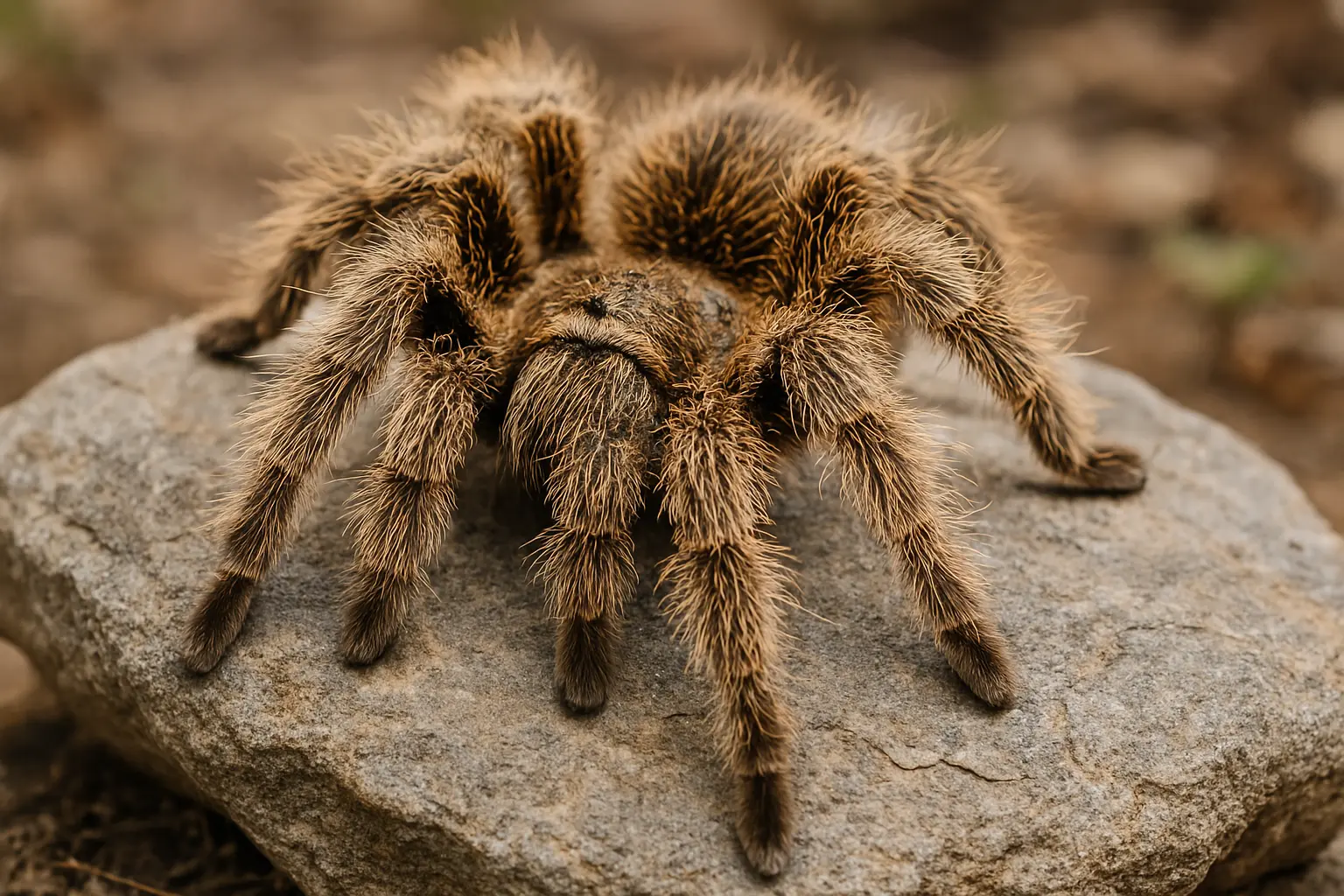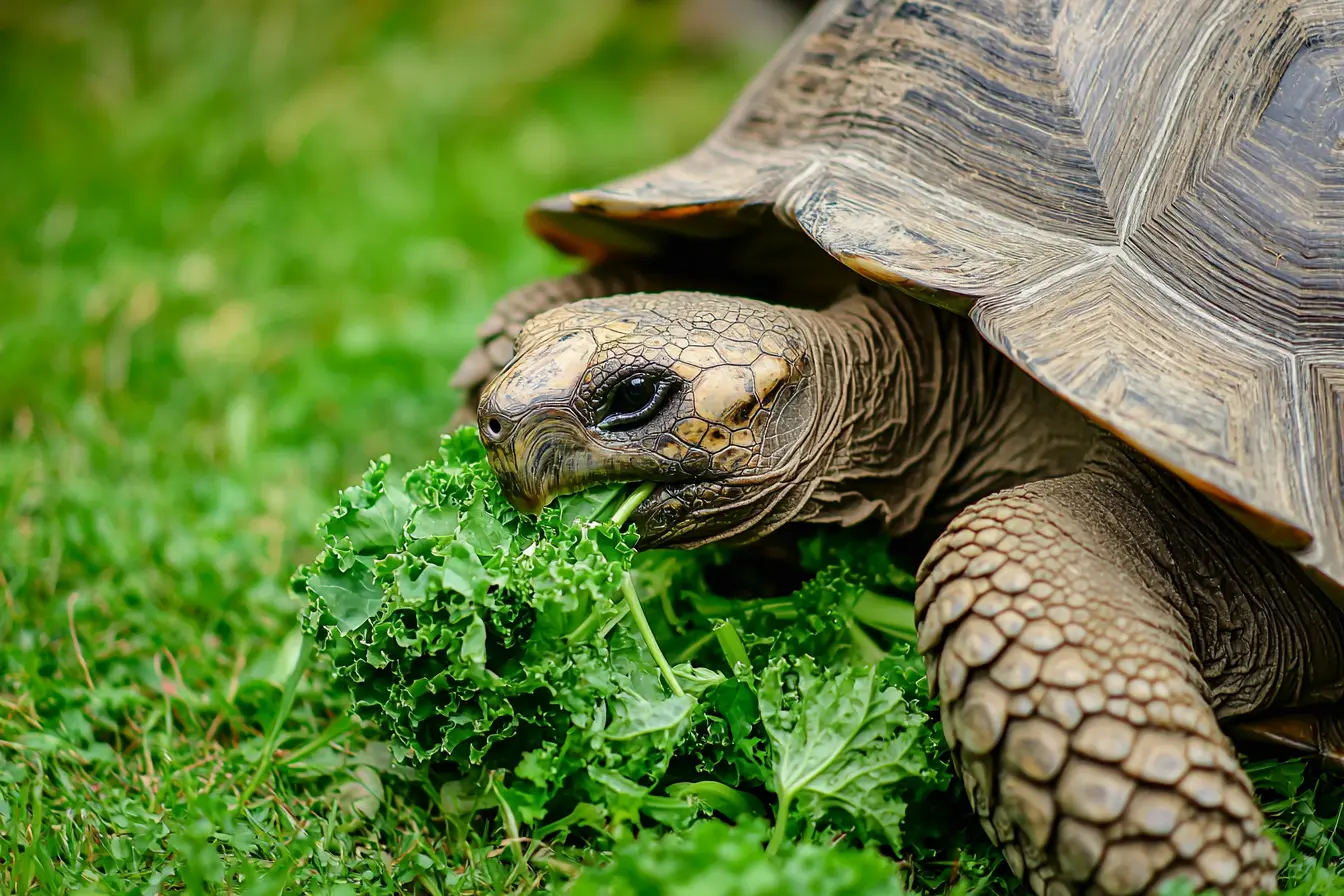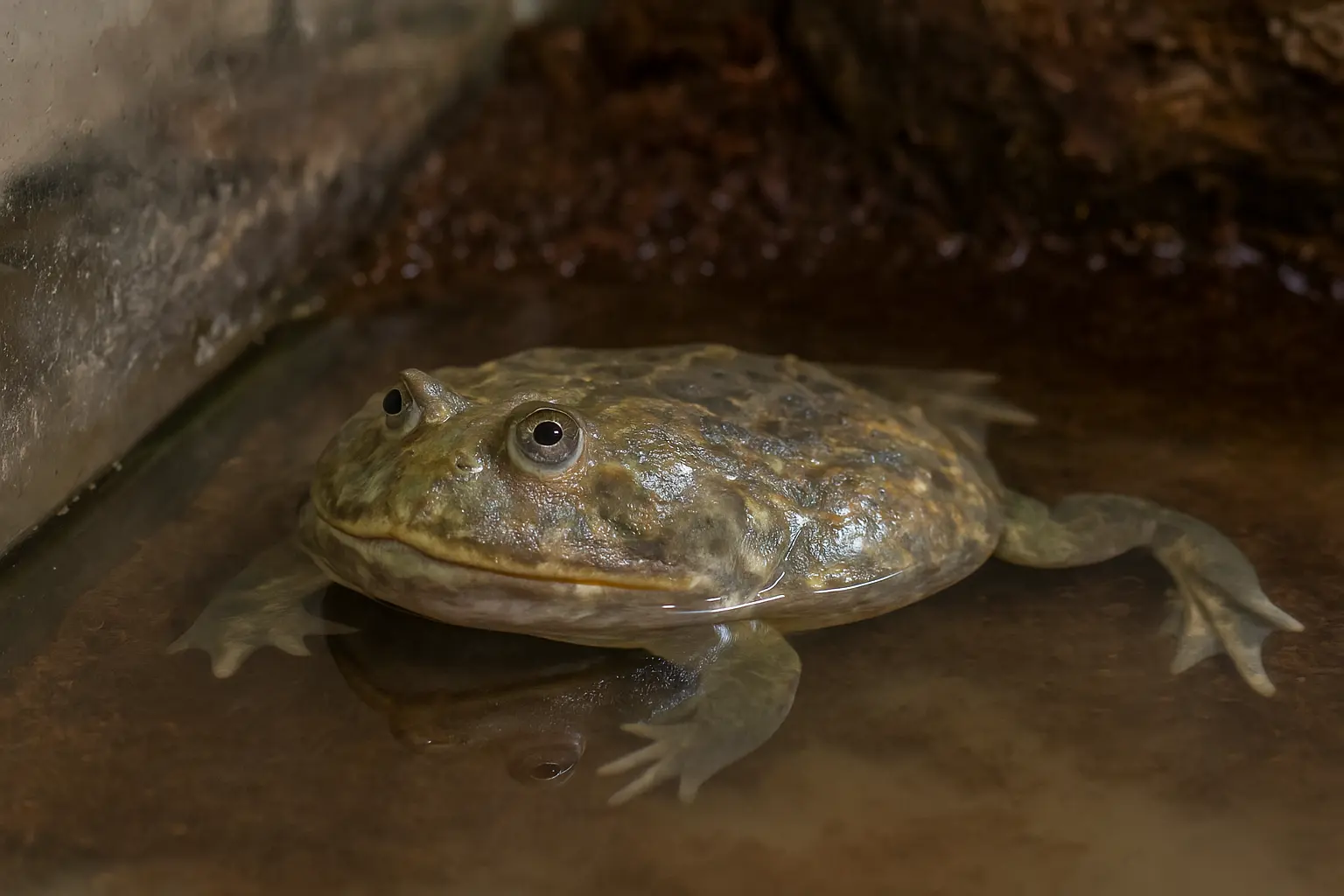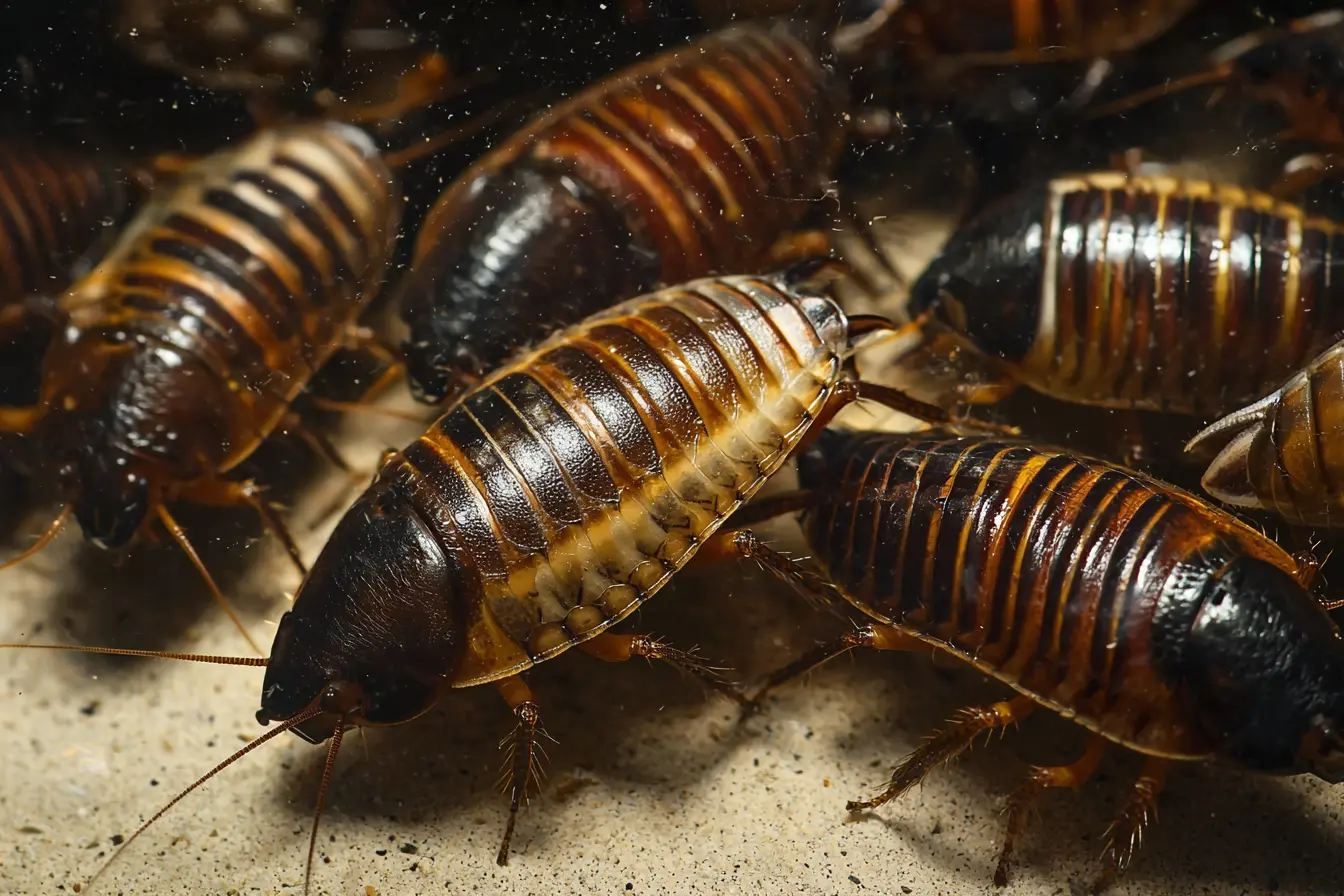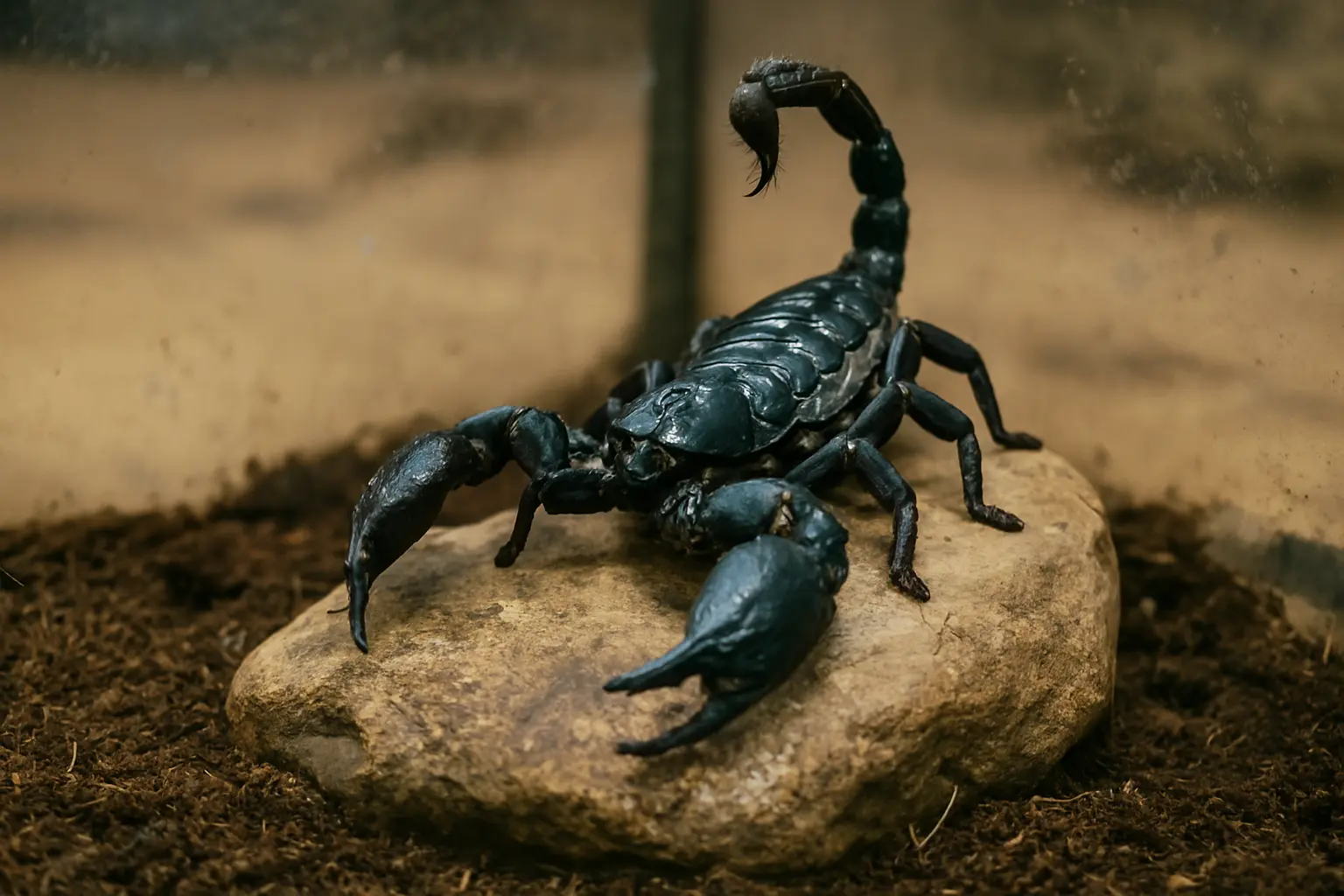
Breeding Scorpions: A Comprehensive Guide for Hobbyists
Breeding scorpions is a fascinating but challenging endeavour that requires careful planning and a thorough understanding of their behaviour and biology. For hobbyists looking to expand their collections or contribute to the captive-bred population, this guide will cover everything you need to know to successfully breed scorpions.
Understanding Scorpion Breeding
Maturity
Both male and female scorpions must be sexually mature before breeding. Maturity depends on the species, but it typically occurs after several moults. Females often take longer to mature than males.
Species-Specific Considerations
Different scorpion species have unique mating rituals, environmental requirements, and gestation periods. Research your specific species in detail to ensure the best chance of success.
Preparing for Breeding
Selecting Healthy Breeders
- Choose active, well-fed scorpions without signs of injury, disease, or stress.
- Ensure both scorpions are of the same species to prevent hybridisation, which is generally discouraged.
Creating the Right Environment
- Enclosure Setup
- Provide an enclosure with ample space for courtship behaviour.
- Include hides and natural features to mimic their native environment.
- Temperature and Humidity
- Maintain the ideal temperature and humidity levels for your species. This is critical, as improper conditions can discourage mating.
- Substrate
- Use a suitable substrate, such as a mix of coconut fibre and sand, to provide a natural and stable environment.
Feeding
Ensure both scorpions are well-fed prior to introduction. A hungry scorpion is more likely to become aggressive or cannibalistic.
Mating Process
Step-by-Step Introduction
- Introducing the Pair:
- Place the male in the female’s enclosure or a neutral breeding enclosure.
- Supervise closely to observe their behaviour.
- Courtship:
- The male initiates mating by performing a "dance" known as the promenade à deux. He grasps the female’s pincers and guides her around in search of a suitable spot to deposit his spermatophore.
- Spermatophore Transfer:
- The male deposits a spermatophore (a packet of sperm) on the substrate and manoeuvres the female over it. She picks up the spermatophore with her genital operculum.
- Separation:
- Once mating is complete, separate the pair immediately to prevent aggression or cannibalism.
Signs of Success
Successful mating is indicated by the female’s acceptance of the spermatophore. However, not all successful matings result in fertilisation.
Gestation and Birth
Gestation Period
Scorpion gestation varies widely by species, ranging from a few months to over a year. During this time, provide the female with:
- A stress-free environment.
- Consistent temperature and humidity.
- A diet of high-quality prey items, such as crickets or roaches.
Signs of Pregnancy
- A visibly swollen abdomen.
- Reduced activity or increased hiding behaviour.
Live Birth
Scorpions give live birth, with females producing a brood of several to dozens of young. The baby scorpions, known as scorplings, climb onto their mother’s back immediately after birth.
Caring for Scorplings
Post-Birth Care
- Maternal Care:
- Scorplings remain on the mother’s back until their first moult, which occurs 1-2 weeks after birth. During this time, avoid disturbing the enclosure.
- Feeding the Mother:
- Provide small prey items to the mother, but avoid overfeeding or introducing prey that may harm the scorplings.
Separating Scorplings
- After the first moult, the scorplings will leave the mother’s back. At this stage, transfer each to its own small enclosure to prevent cannibalism.
Housing Scorplings
- Enclosures:
- Use small containers with appropriate substrate, a water source, and a hiding spot.
- Feeding:
- Offer tiny prey items, such as pinhead crickets or fruit flies, 2-3 times per week.
Common Challenges
Aggression and Cannibalism
- Scorpions can be highly aggressive, particularly females towards males after mating. Always supervise introductions and remove the male immediately after mating.
Unsuccessful Mating
- Not all matings result in fertilisation. Be patient and prepared for multiple attempts.
Environmental Factors
- Improper temperature or humidity can hinder mating or gestation. Monitor conditions closely.
Ethical Considerations
Breeding Responsibility
- Ensure you have the resources to care for potentially dozens of scorplings.
- Avoid breeding for profit without proper planning and ethical intent.
Wild-Caught Scorpions
- Focus on breeding captive-bred specimens to reduce the demand for wild-caught scorpions and protect natural populations.
Final Thoughts
Breeding scorpions is a fascinating and rewarding process, but it requires patience, knowledge, and dedication. By creating the ideal conditions, carefully monitoring your scorpions, and prioritising their well-being, you can successfully breed and raise these incredible creatures. Always approach breeding with respect and responsibility to ensure the best outcomes for both your scorpions and the broader hobbyist community.
Related Vets
Vets near you
Speciality vets
- Aquatics vet specialists
- Birds vet specialists
- Camelids vet specialists
- Cats vet specialists
- Cattle vet specialists
- Deer vet specialists
- Dogs vet specialists
- Equines vet specialists
- Exotic vet specialists
- Goats vet specialists
- Pigs vet specialists
- Poultry vet specialists
- Sheep vet specialists
- Small Mammals vet specialists
- Wild vet specialists
